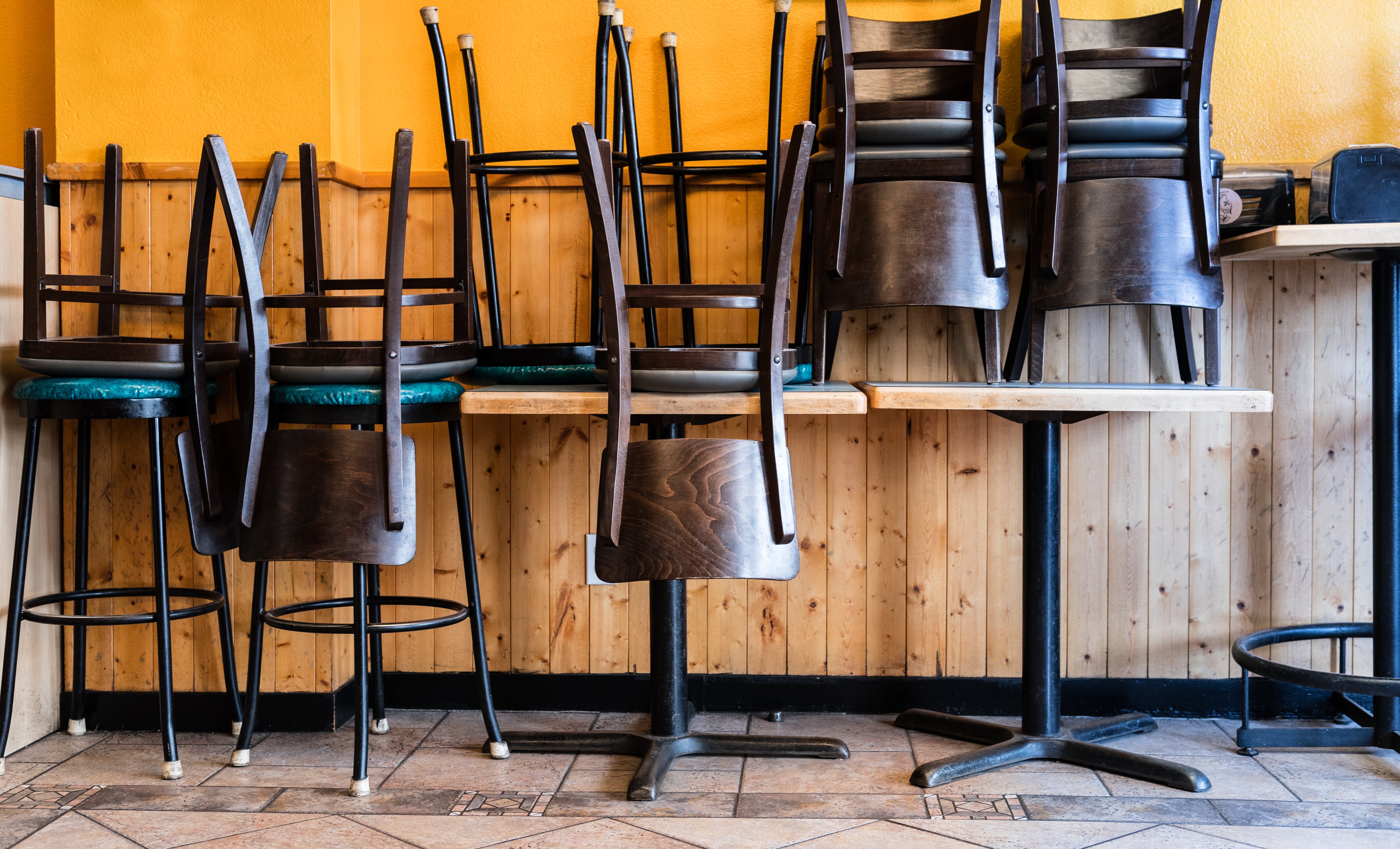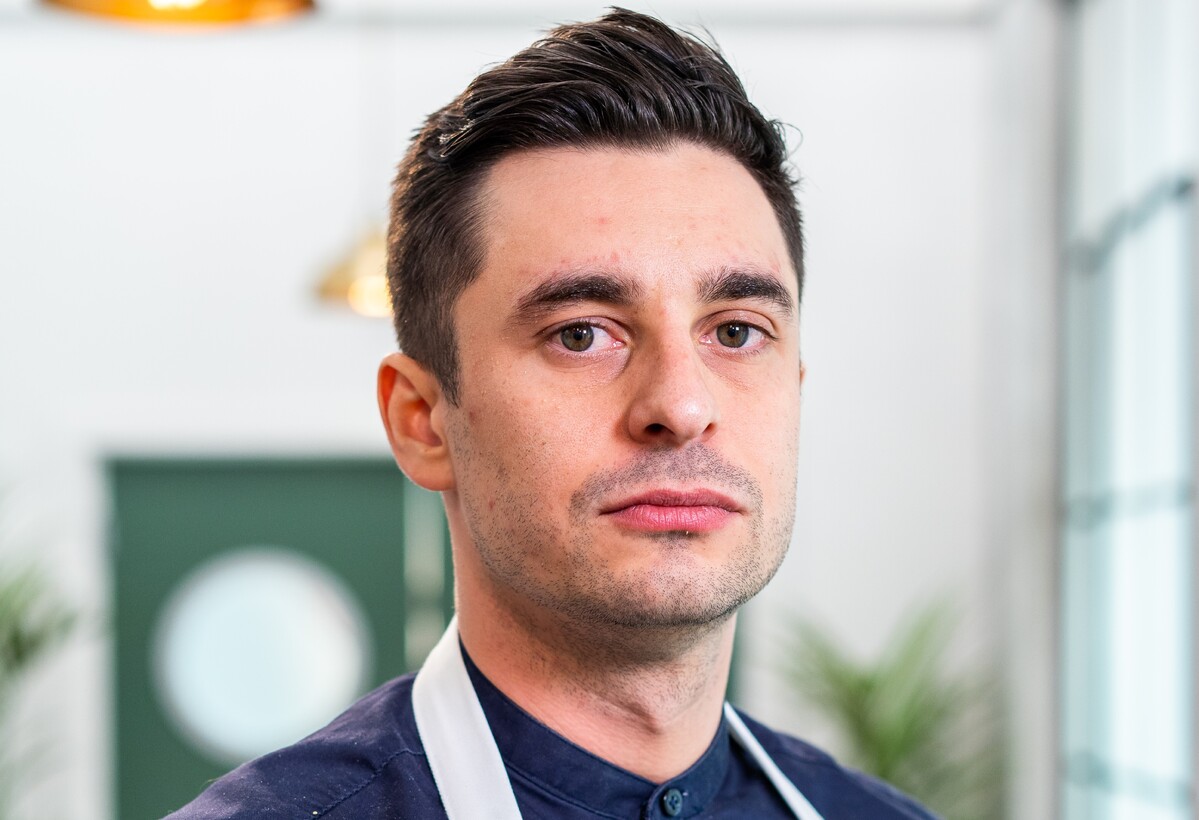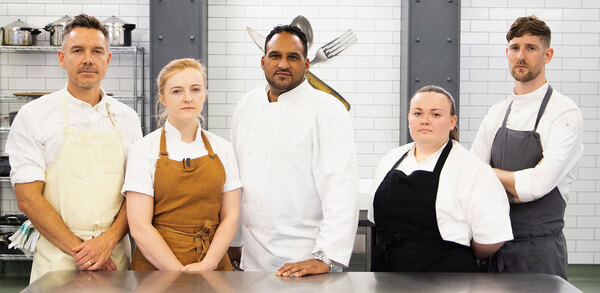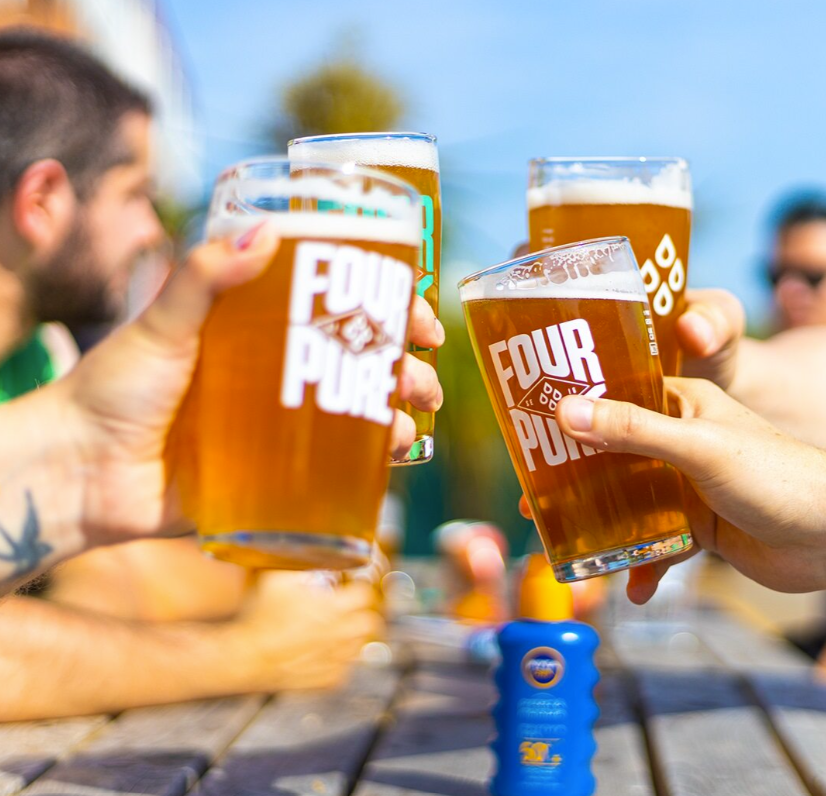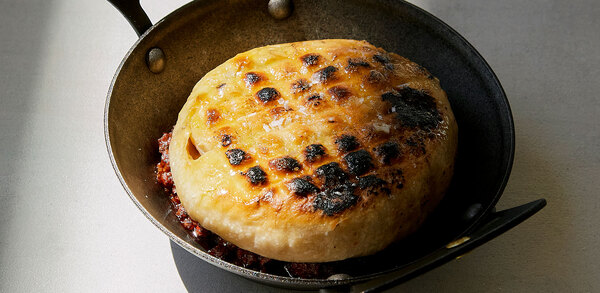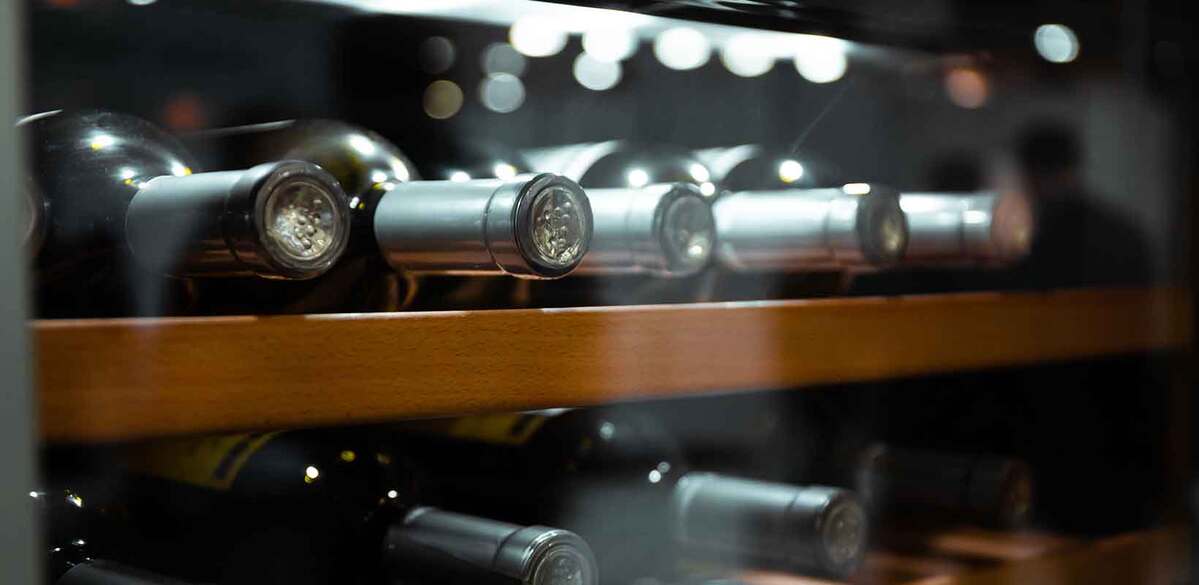Harden’s: Pandemic causes record closures and churn among London restaurants
London restaurants suffered their weakest growth in 30 years during the pandemic, according to the 30th edition of Harden's London Restaurants, which goes on sale next week.
The guide’s analysis is based on two years of averaged data, because Covid-19 prevented the publication of its 2021 edition. The guide recorded a rate of 149 newcomers added per year over the period, towards the middle of the average 107–200 added per year in the previous 10 years.
Closures, however, were at a rate of 125 per year over the two-year period, worse than 2018’s former high of 117, and a spike of 113 in 2003. Net openings were at a rate of 22 per year, comparable with the lowest levels seen over the 30-year period. At 1.18 for two years, the churn ratio was the lowest recorded.
The guide's co-founder, Peter Harden, said: “Even before March 2020, over-supply was a problem in the London restaurant market, and the pandemic meant there was absolutely nowhere to hide. The result has been the most dramatic period of closures and churn that we have yet seen.
“Recessions normally hit weaker performers. In the closures we record, the fall-out is more randomly spread, with many excellent businesses shuttering due to factors as diverse as a City-based location, recalcitrant landlords, or a decision to take retirement and bow out gracefully. And all the above is before we start to factor in the new normal of the dire staff shortages created by Brexit.”
High-profile closures over the last two years, many associated with celebrity names, included: Bryn Williams at Somerset House, the Dairy in Clapham, Galvin at the Athenaeum, Hai Cenato, Hix and Hix Oyster & Chop House, Kym’s by Andrew Wong, Merchants Tavern, Roux at Parliament Square and Texture.
The average price of dinner for one at establishments listed in the guide was £64.14, rising by an annualised rate of 4% in the past two years having been approximately £59.28 two years previously. This rate remained above the general annual inflation rate of 3.2% for the 12 months to August 2021.
The rise was most marked among restaurants charging over £100 per head. In this group, the annualised growth was 8.8%.
Whereas in the 2020 edition, only one restaurant (the Araki) had a 'formula price' above £200 per head, in the 2022 edition, there were seven: Alain Ducasse at the Dorchester, the Araki, Endo at Rotunda, Ikoyi, Kitchen Table, Mãos and Sketch (Lecture Room).
The number of restaurants with a formula price over £150 per head rose from nine to 24. This formula price assumes a bottle of house wine spread between two, representing the minimum one could sensibly spend in a luxury restaurant.
After new modern British (66) openings, Japanese cuisine was the most popular for newcomers this edition, accounting for 23 of the debuts (just beating Italian cuisine which was the designation for 22). The guide also suggested that African and Afro-Caribbean cuisine as a category was breaking through into the luxury restaurant sector.
Harden said: “For decades, African or Caribbean restaurants have flown under the radar as far as the general foodie press was concerned. They served their communities and locals but lacked any central London address and/or PR profile. But the arrival of new restaurants like Akoko, Antillean, Chuku’s, Chishuru and Tatale – to join the likes of Ikoyi and Stork – represent a striking break from the past.”
Ratings and reviews in the guide and app were based on an annual polls of restaurant-goers, with some 3,000 people contributing 30,000 reports for the 2022 edition.
The three-Michelin-starred Core by Clare Smyth in Notting Hill maintained its position as Top Gastronomic Experience of the Year; while Da Terra in Bethnal Green scored the survey’s highest food mark. River Café was yet again voted London’s most overpriced restaurant, despite it making it into the top 10 for Top Gastronomic Experience as well.
Photo: Shutterstock



